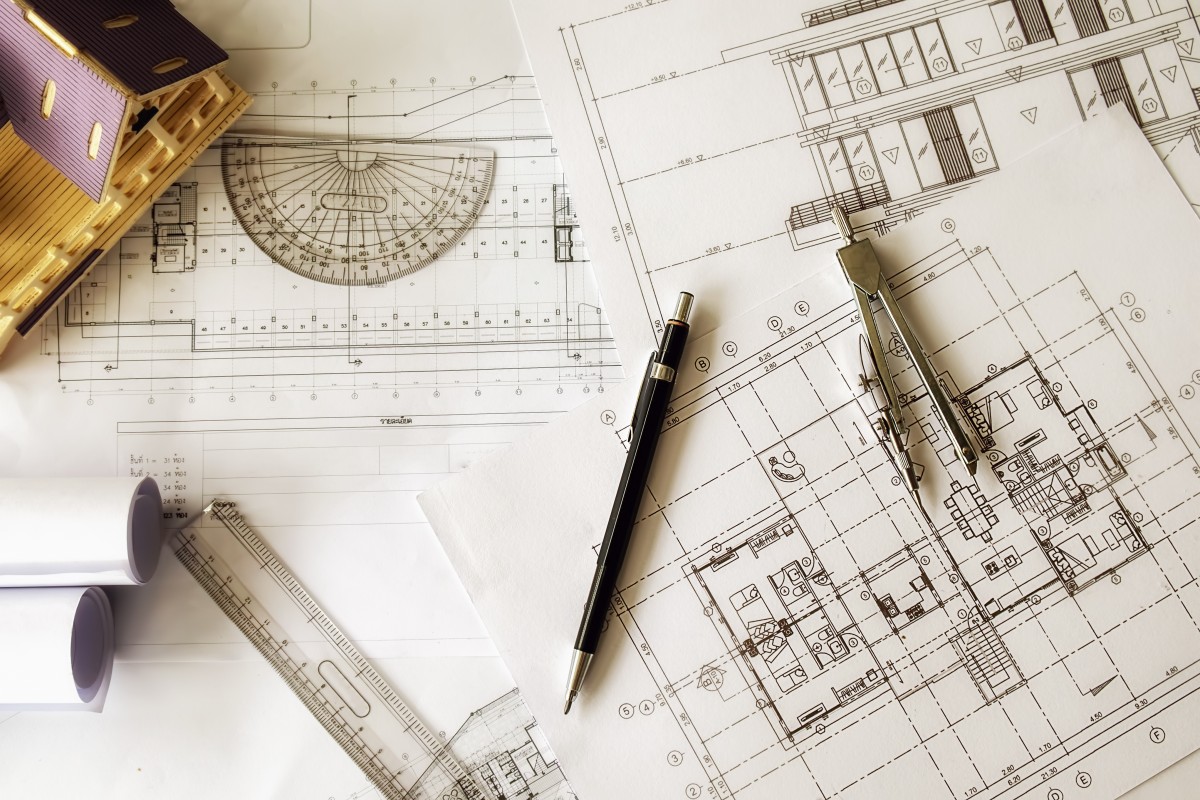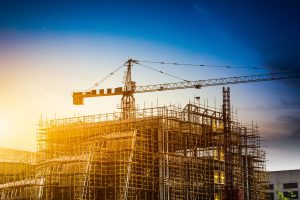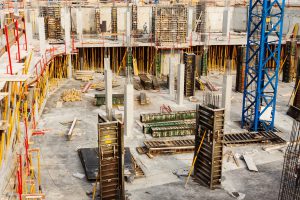The Blueprint of Success: The Importance of Building Drawing in Construction
In the world of construction, a well-executed building project starts long before the first brick is laid or the foundation is poured. It begins with a detailed and precise building drawing. Often referred to as blueprints, these drawings are the backbone of any successful construction project, serving as a visual guide for every phase of the building process. Here’s why building drawings are so crucial:
1. Clarity and Precision
Building drawings provide a clear and precise representation of the architect’s vision. They translate abstract ideas into detailed plans that can be easily understood by all parties involved, including builders, contractors, and clients. This clarity ensures that everyone is on the same page, reducing the risk of misunderstandings and mistakes.
2. Legal and Regulatory Compliance
Construction projects must adhere to a myriad of local, state, and federal regulations. Building drawings ensure that all aspects of the project comply with these regulations, including zoning laws, building codes, and safety standards. Proper documentation in the form of detailed drawings is often required for obtaining necessary permits and approvals.
3. Efficient Resource Management
A comprehensive building drawing outlines the specifications for materials, labor, and time required for each phase of the project. This level of detail helps in efficient resource management, ensuring that materials are ordered accurately, labor is allocated effectively, and timelines are adhered to. This reduces waste and helps keep the project within budget.
4. Risk Mitigation
Building drawings help identify potential issues before construction begins. By meticulously planning every aspect of the project, architects and engineers can foresee and address potential problems related to structural integrity, utility placements, and spatial relationships. This proactive approach mitigates risks and minimizes costly changes during construction.
5. Enhanced Communication
Effective communication is key to the success of any construction project. Building drawings serve as a common language among architects, engineers, contractors, and clients. They facilitate better communication and coordination, ensuring that everyone involved has a clear understanding of the project’s goals and requirements.
6. Quality Assurance
Building drawings include detailed specifications for materials, dimensions, and construction techniques. This ensures that the project is built to the highest standards of quality and craftsmanship. Regular reference to these drawings during construction helps maintain consistency and adherence to the original design intent.
Conclusion
In essence, building drawings are the foundation upon which every successful construction project is built. They provide the necessary clarity, compliance, efficiency, risk mitigation, communication, and quality assurance needed to bring an architectural vision to life. Investing time and resources into creating detailed and accurate building drawings is a crucial step that can significantly impact the overall success of a construction project.





